Pollution Marine
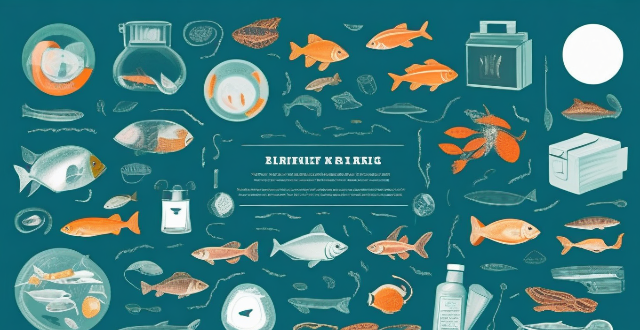
How does plastic pollution impact marine life and ecosystems ?
The text discusses the impact of plastic pollution on marine life and ecosystems, including entanglement and ingestion by animals, chemical pollution from toxic additives, habitat destruction, food chain disruption, economic impacts on tourism and fishing industries, aesthetic and cultural impacts on coastlines and ocean environments, and solutions and mitigation efforts such as reducing plastic use, improving waste management, cleanup campaigns, education and awareness, policy changes, and research and innovation.
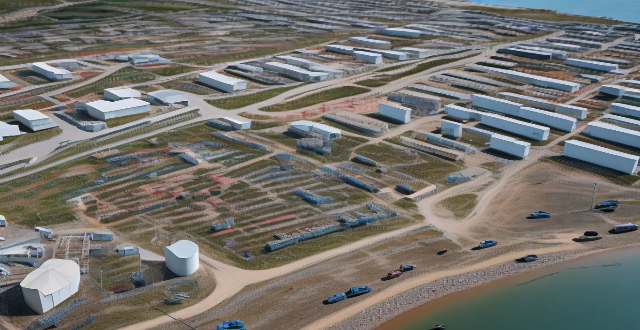
How do marine protected areas help in preserving marine biodiversity ?
Marine protected areas (MPAs) are crucial for preserving marine biodiversity by regulating human activities, providing habitats for thriving ecosystems, enhancing scientific research, supporting sustainable use, building resilience against climate change, educating and raising awareness, and facilitating ecosystem recovery.

What are the most effective ways to control plastic pollution ?
The text discusses the issue of plastic pollution and its harmful effects on the environment and human health. It provides various methods to control this problem, including reducing plastic use, recycling properly, supporting eco-friendly brands, implementing government policies such as banning single-use plastics, promoting recycling infrastructure, and investing in research and development for sustainable alternatives to plastic. The text emphasizes that controlling plastic pollution requires collective efforts from individuals, businesses, and governments to achieve a cleaner and healthier environment for all living beings on Earth.
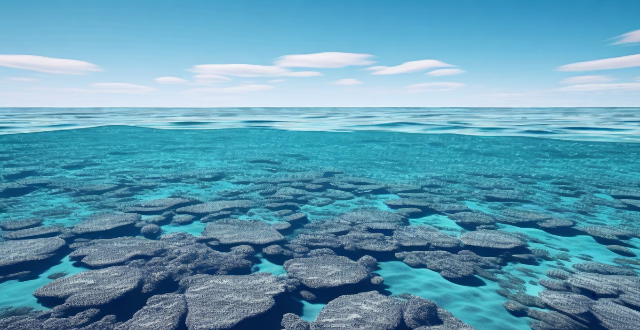
What are the impacts of global warming on marine life and fish populations ?
The provided text discusses the impacts of global warming on marine life, particularly fish populations. It outlines how rising ocean temperatures alter habitats and affect metabolic rates; how ocean acidification disrupts calcification processes; how changes in currents and water circulation alter migration patterns and species ranges; the loss of coral reefs and its implications; the effects of extreme weather events on marine environments; and the challenges these changes present for resource management. The conclusion emphasizes the need for collective efforts to mitigate the effects of global warming on oceans.

How might changes in ocean temperatures and acidity levels affect marine sports like surfing, sailing, and diving ?
Changes in ocean temperatures and acidity levels can significantly impact marine sports such as surfing, sailing, and diving. Warmer ocean temperatures can alter wind patterns affecting wave quality and consistency for surfing, while rising temperatures can cause coral bleaching affecting the health of coral reefs that often provide protection for surf spots. Altered wind patterns due to changing ocean temperatures can affect sailing conditions making them less predictable and potentially more challenging. Rising sea levels can submerge low-lying coastal areas, affecting access to sailing locations and altering navigational charts. Increasing ocean acidity can weaken the shells of organisms like mollusks and echinoderms, affecting the food chain and reducing the appeal of dive sites. Changes in ocean chemistry can impact the use of equipment like rebreathers, posing additional safety concerns for divers.

How can governments implement policies to reduce plastic waste and pollution ?
Governments can implement policies to reduce plastic waste and pollution by banning single-use plastics, promoting recycling and composting programs, encouraging sustainable packaging practices, educating the public about plastic pollution, and collaborating with other countries and international organizations.

What are some innovative solutions for controlling plastic pollution in developing countries ?
The text discusses innovative solutions for controlling plastic pollution in developing countries, including promoting recycling and waste management, encouraging alternative packaging materials, educating the public on plastic pollution, implementing bans on single-use plastics, and investing in research and development.

What is the impact of greenhouse gas emissions on the environment ?
The impact of greenhouse gas emissions on the environment includes climate change, air pollution, and ocean acidification. Climate change leads to rising temperatures, melting ice caps, and extreme weather events. Air pollution causes respiratory and cardiovascular diseases, while ocean acidification harms coral reefs and disrupts marine ecosystems. Reducing reliance on fossil fuels is crucial to mitigate these effects.
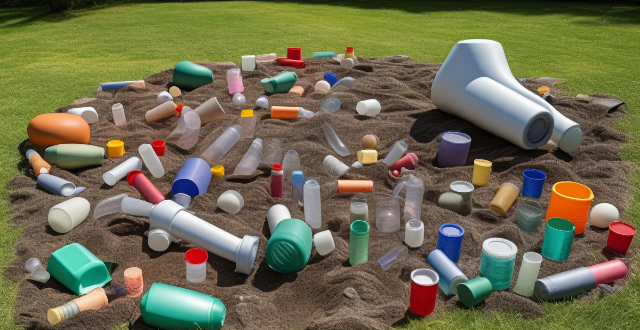
What are the long-term effects of plastic pollution on the environment ?
The article discusses the long-term effects of plastic pollution on the environment, including soil degradation, impact on aquatic ecosystems, harm to wildlife, human health risks, and economic impact. It emphasizes the need for collective efforts to reduce plastic consumption and properly dispose of waste to protect the planet.

Do hybrid cars produce less pollution than traditional gasoline cars ?
Hybrid cars generally produce less pollution than traditional gasoline cars, but the comparison is not straightforward and various factors must be taken into account.

How do clean production technologies help reduce waste and pollution ?
Clean production technologies are vital in reducing waste and pollution. They achieve this through energy efficiency, resource efficiency, improved waste management, pollution control, and a holistic approach to sustainability via life cycle assessment. By implementing these technologies, industries can operate in a more sustainable manner, minimizing their environmental impact.

How does air pollution caused by climate change affect children ?
The provided text discusses the impact of air pollution, exacerbated by climate change, on children's health. It outlines both immediate and long-term health effects, including respiratory issues, developmental concerns, chronic conditions, and potential for other health problems. The text also highlights the socio-economic impact of these health issues, such as school performance and healthcare costs. Prevention and mitigation strategies are suggested, including reducing pollution sources, promoting clean energy, awareness and education, and urban planning. The conclusion emphasizes the need for collective action to protect children's health and future.
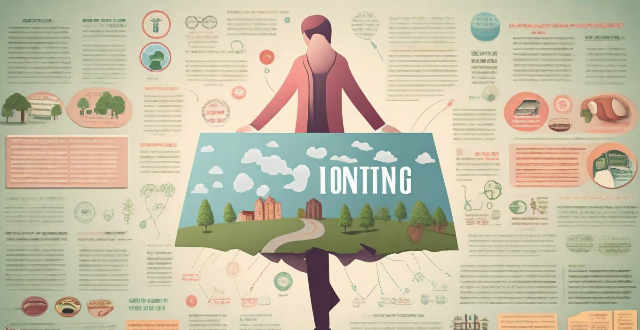
What are the long-term effects of air pollution on our health ?
The long-term effects of air pollution on health are wide-ranging and severe, affecting individuals and entire communities. Respiratory diseases, cardiovascular diseases, neurological disorders, reproductive health problems, and other health issues have all been linked to exposure to polluted air. It is essential to address air pollution as a public health issue to protect the health and well-being of people worldwide.

What is the role of businesses in controlling plastic pollution ?
Businesses have a crucial role in controlling plastic pollution. They can reduce plastic production by switching to biodegradable materials and improving recycling efficiency. Promoting sustainable practices, such as encouraging consumer responsibility and partnering with environmental organizations, is also essential. Investing in research and development for alternative products and improved recycling technologies further helps control plastic pollution. Businesses that prioritize sustainability will likely see long-term benefits in profitability and reputation.

What are the challenges faced by recycling facilities in controlling plastic pollution ?
Recycling facilities face numerous challenges in controlling plastic pollution, including logistical issues in collection and sorting, technological and economic constraints in processing, environmental concerns, and the need for public education. Addressing these challenges requires collaborative efforts from governments, industries, and individuals committed to reducing plastic pollution through effective recycling strategies.
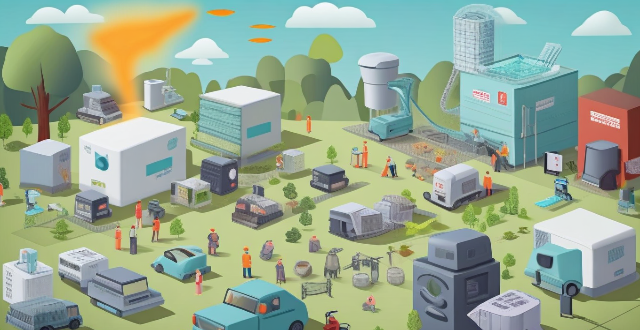
How does proper waste management aid in saving energy and reducing pollution ?
Proper waste management is crucial for conserving energy and reducing pollution. It involves strategies like composting organic waste to reduce methane emissions, enhancing recycling to save energy in manufacturing new products, preventing environmental pollution through proper disposal, promoting sustainable practices like reduce, reuse, and recycle, and supporting the circular economy model. By adopting these measures, we can move towards a more sustainable future that conserves resources and protects our planet.

What impact does air pollution have on indoor sports facilities and athletes' health ?
Impact of Air Pollution on Indoor Sports Facilities and Athletes' Health: - **On Indoor Sports Facilities**: - Reduced visibility, unpleasant odors and tastes, equipment damage, and increased energy consumption due to air pollutants. - **On Athletes' Health**: - Respiratory problems, cardiovascular disease, asthma attacks, skin irritation, fatigue and lethargy, cognitive impairment, and immune system suppression due to exposure to air pollutants.

How can individuals contribute to reducing plastic pollution in their daily lives ?
Reducing plastic pollution requires individual effort and collective action. Here are key steps to minimize your plastic footprint: 1. **Bring Your Own Reusable Bags**: Avoid single-use plastic bags by carrying reusable shopping bags made from durable materials. 2. **Use Refillable Water Bottles**: Invest in a high-quality, BPA-free refillable water bottle to avoid buying bottled water. 3. **Say No to Single-Use Plastic Utensils**: Carry reusable utensils made from eco-friendly materials like bamboo or stainless steel. 4. **Opt for Bulk Foods**: Choose loose fruits and vegetables over pre-packaged ones and use reusable containers for bulk items. 5. **Choose Products with Less Packaging**: Opt for products with minimal or recyclable packaging and support eco-friendly brands. 6. **Recycle Properly**: Familiarize yourself with local recycling guidelines and ensure items are clean and sorted properly. 7. **Participate in Cleanup Events**: Join community efforts to remove plastic waste from the environment and raise awareness. 8. **Educate Others**: Share knowledge about plastic pollution and encourage others to adopt habits that reduce plastic use. 9. **Support Legislation and Policies**: Advocate for policies that reduce single-use plastics and promote recycling initiatives. By making these changes, individuals can contribute significantly to reducing plastic pollution and protecting the environment.
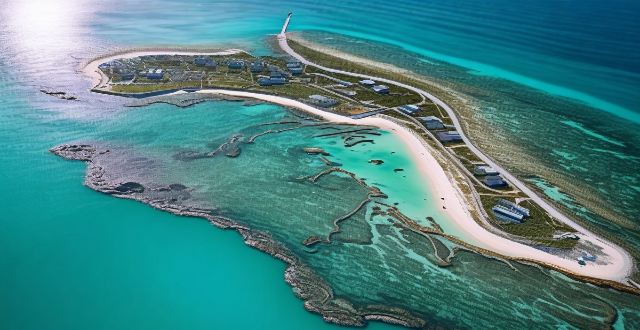
How do ocean acidification and warming impact marine biodiversity ?
Marine biodiversity is threatened by ocean acidification and warming, which can have significant impacts on the ocean's ecosystems. Ocean acidification reduces the availability of carbonate ions, making it harder for calcifying organisms to build their shells or skeletons, leading to weaker structures or death. It also changes food webs as key species become less available as a food source. Ocean warming causes changes in species distribution and potential new interactions between species that did not previously overlap. Coral bleaching events occur when waters become too warm, making corals more susceptible to disease and potentially causing them to die off. Warmer waters can also lead to the loss of important habitats for certain species like polar bears. Taking action to reduce greenhouse gas emissions and protect the ocean's delicate balance is essential to preserve marine biodiversity for future generations.
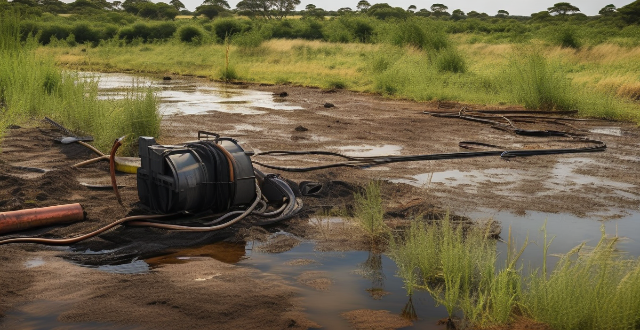
What are the primary causes of water pollution and how can they be mitigated ?
The primary causes of water pollution include industrial waste discharge, agricultural runoff, sewage and wastewater disposal, urban runoff, mining activities, and oil spills. To mitigate these causes, strategies such as stricter effluent standards, cleaner production methods, sustainable agriculture practices, improved sewage treatment, urban runoff control, responsible mining practices, and oil spill prevention and response should be implemented.